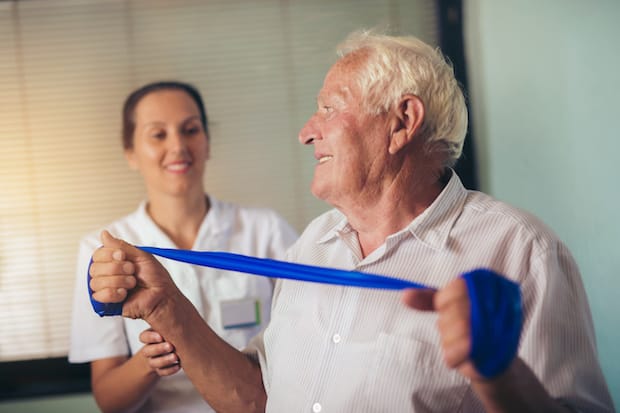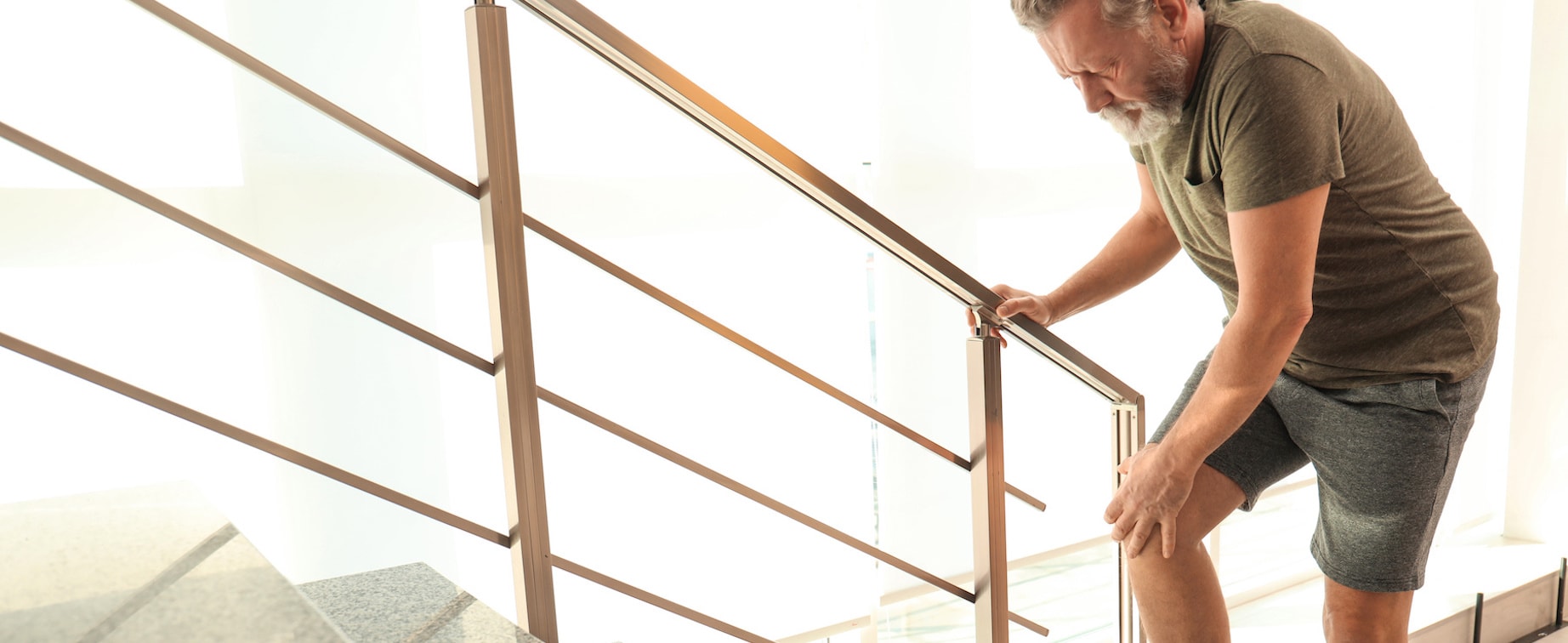Table of Contents
I. What is Rheumatoid Arthritis?
II. Symptoms of Rheumatoid Arthritis
IV. Diagnosing Rheumatoid Arthritis
What is Rheumatoid Arthritis?
Rheumatoid arthritis (RA) is a type of autoimmune disorder that affects the lining of the joints. An autoimmune disease occurs when the body attacks its tissues by mistake. The joints of the hands, feet, and wrists are most commonly affected. When the joints' lining becomes inflamed, swelling can occur and result in bone erosion and joint deformity over time.
RA is a rheumatic disease, which involves any conditions that affect the ligaments, bones, muscles, and joint tendons. Rheumatoid arthritis differs from osteoarthritis, which occurs due to natural wear-and-tear throughout a person's life. The eyes, lungs, heart, skin, and blood vessels can also be affected by rheumatoid arthritis. [1] Rheumatoid arthritis affects around 1.3 million in the U.S. This condition is typically chronic and can cause permanent disability if it is not treated properly. [2]
Rheumatoid arthritis occurs when the immune system attacks the synovium (the lining of the membranes surrounding the joint). When the synovium thickens, it can lead to a permanent deformity in the joint cartilage and bone. As RA worsens, the tendons and ligaments begin to weaken and stretch. The joint becomes deformed when the joint loses its shape. [1]
Your doctor may prescribe drugs like Arava (leflunomide), Plaquenil (hydroxychloroquine), or sulfasalazine to treat RA. Rheumatoid arthritis is a painful condition, and your doctor will help determine the right course of treatment for you. [2]
Rheumatoid arthritis is a degenerative disease that gets worse as time goes on. Signs of early rheumatoid arthritis may be difficult to notice. You may begin to feel a tightness in your joints, especially in those that attach your fingers to your hands and the toes to the feet. Other symptoms may include: As RA continues to worsen, you’ll begin to notice these symptoms in your wrists, ankles, knees, hips, and shoulders. RA not only affects the joints but other parts of the body as well. The following may begin to malfunction as RA progresses: The exact cause of rheumatoid arthritis is unknown and can be a result of several things. It is typically a combination of environmental factors, lifestyle, and inherited genes. The following can play a role in the development of RA: Sex: On average, women tend to develop RA more than men. For reasons unknown, women who have never given birth are at a higher risk than those who have had a live birth. Women who have breastfed their infants are also at a decreased risk of developing RA. Age: Rheumatoid arthritis can occur at any age, but it most typically affects people in their sixties. In women, it is more likely between the ages of 30 and 60 but typically occurs later in life in men. Genetics: Having a family member with RA increases your risk of developing it. Those born with specific genes called human leukocyte antigen (HLA) class II genotypes are more likely to develop this type of arthritis. [3] Lifestyle choices/early exposures: Those who smoke increase their risk of RA. One study found that children whose mothers smoked increased their risk of developing RA by 50 percent. Being obese can also increase your risk. Research has found the higher a person’s weight, the higher the chance of developing RA. [4] RA can be difficult to diagnose at first. Many people misinterpret RA as osteoarthritis or wear and tear arthritis. There are not many specific blood tests to diagnose rheumatoid arthritis, so your doctor will need to do a physical examination to make sure it is RA. If you think you are experiencing arthritis, you can keep a detailed list of your symptoms to present to your doctor. These symptoms will help the diagnosis process along more quickly. Once your symptoms are determined, your doctor will check the physical traits of any joints that are causing you problems. The doctor will check for swollen, red, or tender joints. If further confirmation is required, a blood test may be ordered as well. People with RA have certain proteins and substances in their blood that signify the presence of rheumatoid arthritis. In more advanced RA cases, your doctor will take x-rays to keep an eye on the progression of any joint deformity. Monitoring your joints will help your healthcare team determine the severity of your condition. [4] There is no cure for rheumatoid arthritis, but several treatment options can help prevent severe joint damage. Treatment for RA can involve medications, physical therapies, and surgery. Your doctor will determine which medication is right for you. For general pain, you can take NSAIDs (nonsteroidal anti-inflammatory drugs) and corticosteroids to reduce inflammation. You can pick up over-the-counter NSAIDs like ibuprofen at your local pharmacy. Your doctor can also prescribe higher strengths of NSAIDs. Corticosteroids like prednisone are available in pill and injection form. DMARDs (disease-modifying antirheumatic drugs) can help slow the progression of RA. These drugs can help save the joints, tissues, and tendons from becoming permanently damaged Commonly prescribed DMARDs include Plaquenil (hydroxychloroquine), Arava (leflunomide), and sulfasalazine. Biologic agents can also be used. These biologic response modifiers help target the immune system to prevent inflammation and tissue damage. [4] Over time, RA can lead to disfigured joints. Severe RA can cause gnarled hands and toes, so it is essential to learn some exercises to keep your joints flexible. Simple activities like holding a knife can become nearly impossible with RA. Your doctor may refer you to an occupational and physical therapist that will help you maneuver everyday activities while living with tender and swollen joints. In the case of prolonged RA, surgery may be required to slow joint damage. Sometimes surgery can restore the proper function of the joint. A synovectomy can be performed on the elbows, wrists, fingers, toes, or hips to remove the inflamed lining of the joint (synovium). Tendons may also be repaired, or joints can be fused to help with pain relief. If these smaller surgeries are not successful, total joint replacement may be necessary. [4] The content in this article is intended for informational purposes only. This website does not provide medical advice. In all circumstances, you should always seek the advice of your physician and/or other qualified health professionals(s) for drug, medical condition, or treatment advice. The content provided on this website is not a substitute for professional medical advice, diagnosis or treatment.
Symptoms of Rheumatoid Arthritis
Risk Factors

Diagnosing Rheumatoid Arthritis
Treatment
a. Medications

b. Therapy
c. Surgery
